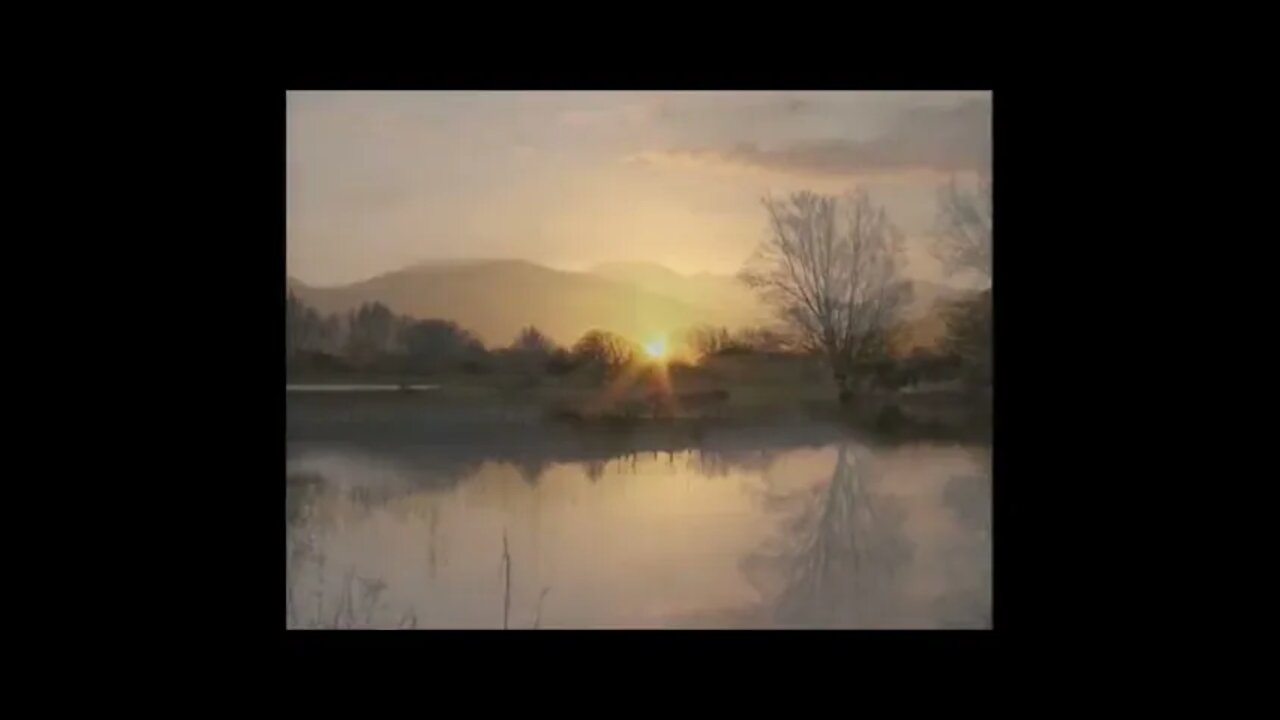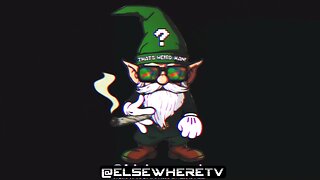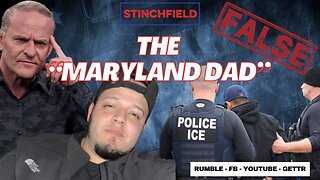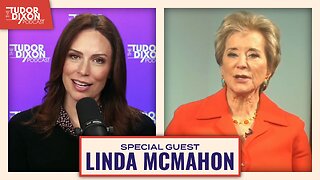Premium Only Content

Irish Myths & Legends Documentary
From DocuGods YouTube Channel:
The mythology of pre-Christian Ireland did not entirely survive the conversion to Christianity. However, much of it was preserved in medieval Irish literature, though it was shorn of its religious meanings.
#DocuGods
This literature represents the most extensive and best preserved of all the branches of Celtic mythology. Although many of the manuscripts have not survived and much more material was probably never committed to writing, there is enough remaining to enable the identification of distinct, if overlapping, cycles: the Mythological Cycle, the Ulster Cycle, the Fenian Cycle and the Historical Cycle. There are also a number of extant mythological texts that do not fit into any of the cycles. Additionally, there are a large number of recorded folk tales that, while not strictly mythological, feature personages from one or more of these four cycles.
The Mythological Cycle, comprising stories of the former gods and origins of the Irish, is the least well preserved of the four cycles. The most important sources are the Metrical Dindshenchas or Lore of Places and the Lebor Gabála Érenn or Book of Invasions. Other manuscripts preserve such mythological tales as The Dream of Aengus, The Wooing Of Étain and Cath Maige Tuireadh, The (second) Battle of Magh Tuireadh. One of the best known of all Irish stories, Oidheadh Clainne Lir, or The Tragedy of the Children of Lir, is also part of this cycle.
Lebor Gabála Érenn is a pseudo-history of Ireland, tracing the ancestry of the Irish back to before Noah. It tells of a series of invasions or "takings" of Ireland by a succession of peoples, the fifth of whom was the people known as the Tuatha Dé Danann ("Peoples of the Goddess Danu"), who were believed to have inhabited the island before the arrival of the Gaels, or Milesians. They faced opposition from their enemies, the Fomorians, led by Balor of the Evil Eye. Balor was eventually slain by Lug Lámfada (Lug of the Long Arm) at the second battle of Magh Tuireadh. With the arrival of the Gaels, the Tuatha Dé Danann retired underground to become the fairy people of later myth and legend.
The Metrical Dindshenchas is the great onomastic work of early Ireland, giving the naming legends of significant places in a sequence of poems. It includes a lot of important information on Mythological Cycle figures and stories, including the Battle of Tailtiu, in which the Tuatha Dé Danann were defeated by the Milesians.
It is important to note that by the Middle Ages the Tuatha Dé Danann were not viewed so much as gods as the shape-shifting magician population of an earlier Golden Age Ireland. Texts such as Lebor Gabála Érenn and Cath Maige Tuireadh present them as kings and heroes of the distant past, complete with death-tales. However, there is considerable evidence, both in the texts and from the wider Celtic world, that they were once considered deities.
Even after they are displaced as the rulers of Ireland, characters such as Lug, the Mórrígan, Aengus and Manannan appear in stories set centuries later, betraying their immortality. A poem in the Book of Leinster lists many of the Tuatha Dé, but ends "Although [the author] enumerates them, he does not worship them". Goibniu, Creidhne and Luchta are referred to as Trí Dé Dána ("three gods of craftsmanship"), and the Dagda's name is interpreted in medieval texts as "the good god". Nuada is cognate with the British god Nodens; Lug is a reflex of the pan-Celtic deity Lugus, the name of whom may indicate "Light"; Tuireann may be related to the Gaulish Taranis; Ogma to Ogmios; the Badb to Catubodua.
Tags: "Irish Myths and Legends", Ireland, legends, rulers, Ireland, characters, Lug, Mórrígan, Aengus and Manannan, stories, centuries, betraying, immortality, worship, gods, craftsmanship, interpreted, medieval, texts, leprechaun, people, teller, story, little, people, treasure, fortune, good luck, misfortune, fairy,
-
 1:30:48
1:30:48
Strange TV
1 year agoThat’s Weird Man #1 Reupload Edition
1.42K -
 LIVE
LIVE
Grant Stinchfield
57 minutes agoWe Obtained the Documents the Fake News Refuses to Show You! Abrego Garcia is MS-13!
315 watching -
 LIVE
LIVE
The Shannon Joy Show
2 hours ago🔥🔥Artificial Ignorance - Elon Musk’s GROK Labels Dr. Mary Talley Bowden & Dr. Kat Lindley ‘GRIFTERS’ For Holding The Line On COVID Reckoning!🔥🔥
1,328 watching -
 18:53
18:53
Tudor Dixon
2 hours agoEXCLUSIVE: Linda McMahon on the Future of Education | The Tudor Dixon Podcast
138 -
 LIVE
LIVE
Caleb Hammer
1 hour agoI Wasn't Expecting This... Transition… | Financial Audit
151 watching -
 DVR
DVR
Bannons War Room
1 month agoWarRoom Live
12.2M3.1K -
 1:56:07
1:56:07
Matt Kohrs
13 hours agoStocks Fall, Breaking Market News & Live Trading $1M || The MK Show
72.9K3 -

The Big Mig™
5 hours agoIt’s Time To Pay The Piper Letitia James!
11K6 -
 33:37
33:37
Stephen Gardner
15 hours ago🔥Trump's LATEST legal NIGHTMARE explained by Alan Dershowitz!
30.9K53 -
 DVR
DVR
Badlands Media
8 hours agoBadlands Daily: April 16, 2025
60.7K15